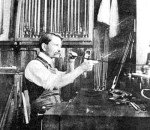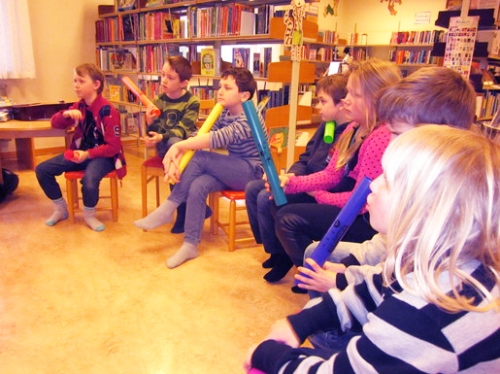Responding to enthusiastic recommendations from Robert and Clara Schumann, Breitkopf & Härtel published several of Brahms’s early works; but after the hostile public reaction to the 1859 premiere of his D-minor piano concerto the publisher became more cautious, accepting some works and rejecting others.
Brahms’s frustration reached a peak in 1865, when the publisher accepted his G-major string sextet sight unseen and then asked to be released from the obligation to publish it, citing outside opinions that were not attributed or detailed. Brahms responded with a furious letter and never submitted his work to the publisher again.
This according to “Brahms and the Breitkopf & Härtel affair” by George S. Bozarth (The music review LV/3 [August 1994] pp. 202–213). Above, the composer around the time of the decisive incident; below, the final movement of the sextet that the publisher spurned.
More posts about Brahms are here.













